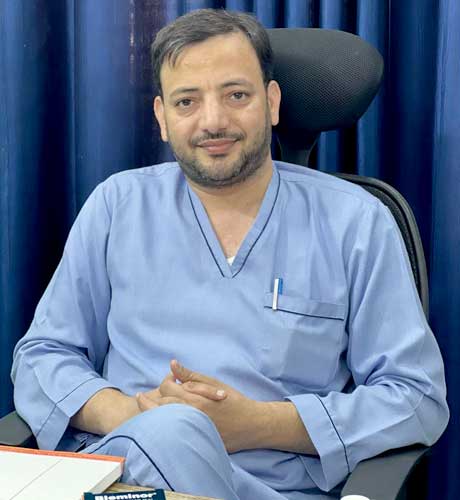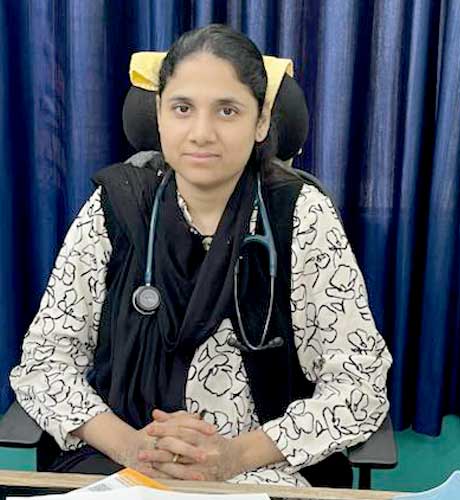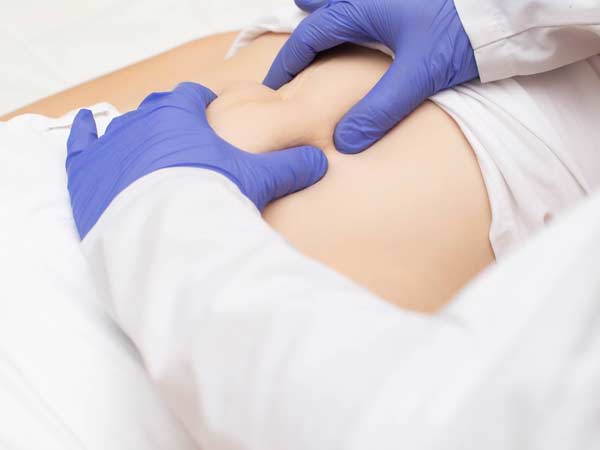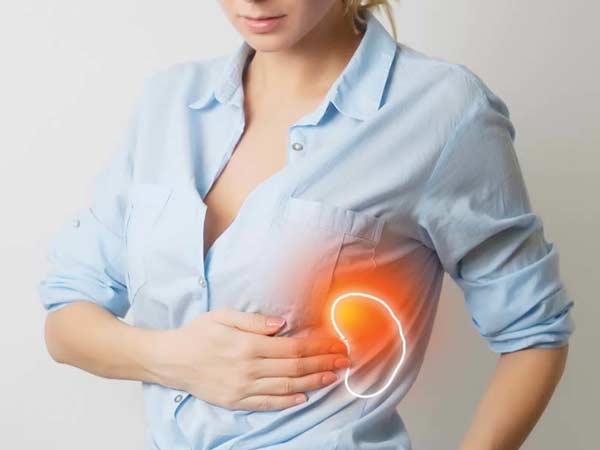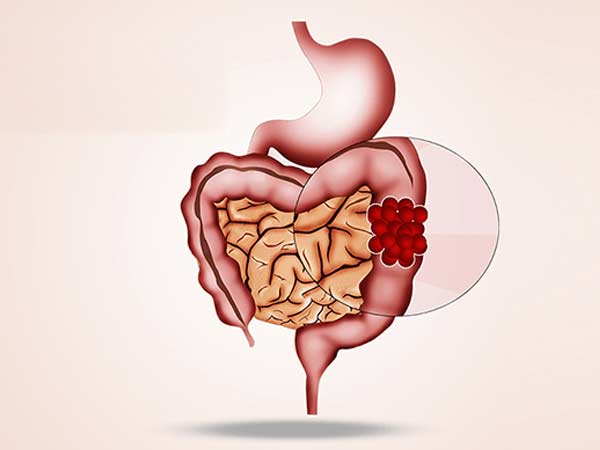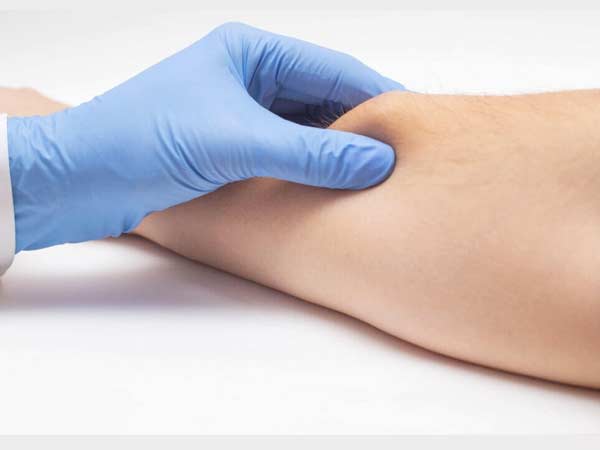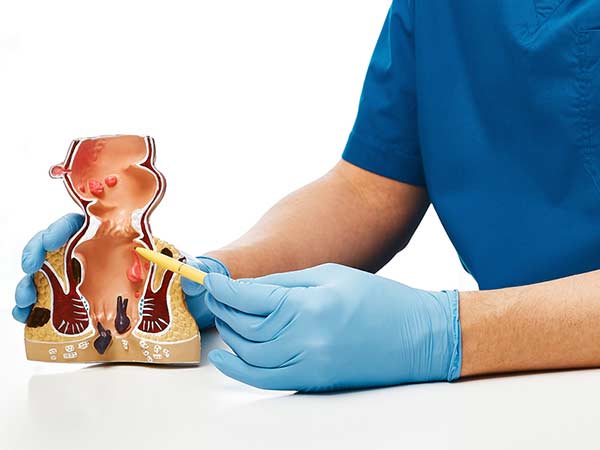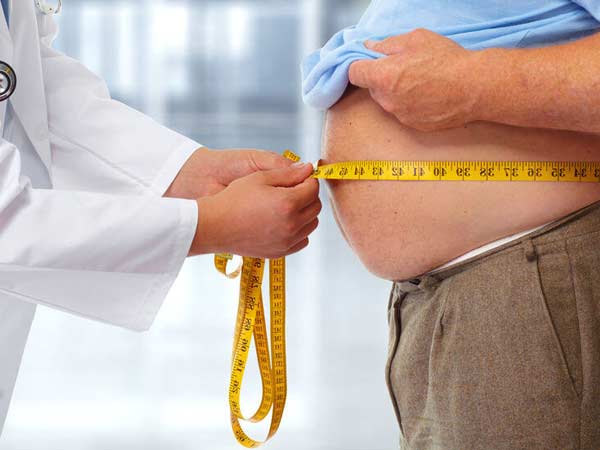
What is inguinal hernia surgery?
An inguinal hernia occurs when a part of the intestine or fat protrudes through the opening of the abdominal muscles at the groin level. Inguinal hernias are more frequent in men due to the anatomy of said area in relation to the elements that go towards the testicle. The main complication of inguinal hernia is that its content is trapped, compromising the blood supply and requiring urgent surgery. Sometimes, it is manifested by the pain and sensation of a lump in the groin.
Inguinal hernia surgery is a common surgery and carries a small risk of complications. In most cases, you will be able to go home the same day or the next morning. This surgery is called inguinal hernioplasty, it is possible to repair the opening or muscular defect, using in most cases a prosthesis (mesh) that gives consistency to the tissue.
Previous considerations
Before any surgery, an assessment should be carried out by the anesthetist where they will advise you which medication you should stop taking and which you should continue taking. Sometimes you must be evaluated by another specialist if you have underlying diseases.
In the case of anticoagulant treatment or treatment that facilitates bleeding, the anesthesiologist, haematologist, cardiologist or family doctor will inform about the attitude to follow.
In the case of smoking, the habit should be stopped because it facilitates anesthetic management, smoker patients have more complications than smokers in anesthetic procedures.
It is recommended to perform moderate-intensity exercise before any intervention, unless there is a specific contraindication, such as walking at least 60 minutes a day.
How is the preparation prior to the intervention?
FOOD AND MEDICINE
In preparation for abdominal wall hernia surgery, your surgeon may ask you to:
- Do not eat anything before surgery. You may have a sip of water with your medications, but avoid eating and drinking for at least six hours before surgery.
- Discontinue certain medications and supplements. Talk to your doctor about all medications and supplements you take. You continue to take most medications as directed by your doctor. Your doctor may ask you to stop certain medications and supplements because they can increase your risk of bleeding.
How is the surgery performed? (type of incision, resection, type of drainage, anesthesia)
BEFORE THE INTERVENTION
Inguinal hernia surgery can be performed under general or spinal anesthesia. Numbing medications will be given intravenously in your arm or through a catheter in your spine. Once the medications take effect, the health care team will insert a tube down your throat to help you breathe if your case ultimately benefits from a general anesthetic. Your surgeon will perform the surgery using a laparoscopic or open procedure.
DURING THE PROCEDURE
Depending on your situation, your surgeon will recommend one of two surgical approaches:
Minimally invasive (laparoscopic) inguinal hernioplasty.
During laparoscopic surgery, the surgeon makes three small incisions in the abdomen. A tube with a tiny video camera is inserted into your abdomen through one of the incisions. The surgeon watches a video monitor in the operating room while using surgical tools inserted through the other incisions in the abdomen to repair your muscle defect using a prosthesis (mesh). This intervention can take one or two hours. Laparoscopic hernioplasty is performed under general anesthesia.
A laparoscopic inguinal hernioplasty is not appropriate for everyone. In some cases, the surgeon may start with a laparoscopic approach and determine that a larger incision is necessary due to scar tissue from operations, previous complications, or an inability to safely continue with the procedure.
Traditional (open) inguinal hernioplasty
During open abdominal hernia surgery, the surgeon makes an incision over the affected groin. The muscle and tissue are retracted to reveal the defect, which will then be repaired with the use of a prosthesis (mesh). General or spinal anesthesia may be used for this procedure.
The incision is sutured and you are taken to a recovery area. An open hernioplasty takes one to two hours. It is usually performed when the procedure cannot be carried out with maximum safety through the laparoscopic approach or due to the characteristics of the hernia.
What happens after the surgery?
After surgery, the patient slowly awakens from the effects of the anesthetic drugs, so they may have a feeling of not remembering the process. He will spend a short period of time in an area called post-anesthetic recovery, before being taken to his room.
HOW IS THE RECOVERY IN THE HOSPITAL?
It is possible to feel nausea or abdominal pain after the intervention but they will be controlled with the prescribed medication. After about 6 hours, you will begin with the intake of liquids and then solid foods. We recommend sitting down and starting to walk about 8 hours after the intervention. You will be supervised by nursing staff at all times.
If your surgery was performed in the morning and you have no previous illnesses, you may be discharged at the end of the day. If your surgery took place in the afternoon, you will usually leave the following noon.
HOW IS THE RECOVERY AT HOME?
Our premise is to be active in recovery. For this reason, we encourage the patient to walk daily, we recommend walking at least 60 minutes each day both inside and outside the house. Important physical efforts that may condition wound healing and prosthesis fixation (mesh) should always be avoided.
When you are discharged home, you will be prescribed medication to make you feel as comfortable as possible. You will resume your previous medication following the surgeon’s recommendations, since some drug may not be recommended in the first days after surgery. Normally the taking of painkillers is indicated to control the pain and sometimes the injection of heparin to avoid the appearance of thrombi in your legs.
In relation to food, we recommend the first week to avoid copious meals. Subsequently, a usual diet.
You can wet your wounds when you wash yourself and then gently dry them with the application of any antiseptic (chlorhexidine, povidone-iodine, crystalmine…). These wounds should be evaluated by nursing around 7 and 10 days after surgery.
Virtually full recovery can take approximately two to three weeks in laparoscopic hernioplasty. However, in open hernioplasty, once at home, full recovery can take four weeks.
What are the risks of inguinal hernioplasty?
The normal thing is that your intervention proceeds without incidents but you must know the potential complications.
Infrequent and infrequent risks: Infection, bleeding or fluid collection in the surgical wound. Phlebitis. Acute urinary retention. Hematoma. Prolonged pain in the area of the operation. Laparoscopic surgery may cause gas extension to the subcutaneous tissue or other areas and referred pain, usually to the shoulder.
Infrequent and serious risks: Prolonged postoperative pain due to nerve damage. Mesh rejection. Hernia reproduction. Testicular inflammation and atrophy. Vascular injury. Due to laparoscopic surgery, there may be vascular injuries, injuries to neighboring organs, gas embolism and pneumothorax.
These complications are usually resolved with medical treatment (medicines, serums, etc.), but they may require a reoperation, usually an emergency, and in exceptional cases death may occur.
Your risk of complications depends on your overall health and the reason you’re having abdominal hernia surgery.

